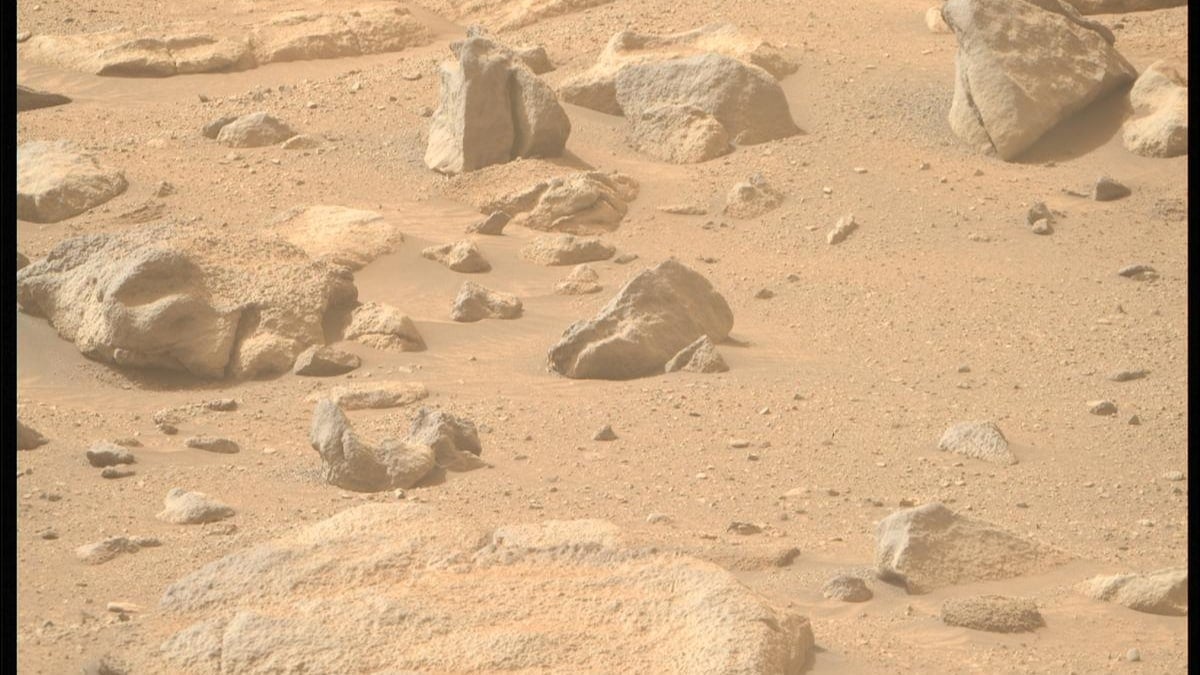NASA's Perseverance rover recently paused the climb up on Jezero Crater's on its mission across Mars, recently paused its climb up Jezero Crater's western rim to capture a sweeping view of the terrain. The 28-mile-wide Jezero Crater, where Perseverance landed in 2021, is a focal point of the rover's work as it gathers samples and searches for evidence of ancient life. This challenging climb does offer a fresh perspective on Mars' harsh landscape.
Perseverance's Journey and Mission
Perseverance's mission within the crater has lead it across various landscapes before heading up the rim. After completing its tasks on the crater's floor, the rover began scaling a 20-degree incline towards new terrain. Taken on 27 September, the recent images reveal a mosaic assembled from 44 images. These enhanced-colour visuals showcase past exploration sites and the steep path ahead, illustrating the complexity of this rugged climb.
Challenges of the Jezero Crater Slope
Navigating this part of Jezero presents unique difficulties for the six-wheeled rover. Mars' slope combines loose sand, dust, and a fragile crust. Camden Miller, a rover “driver” at NASA's Jet Propulsion Laboratory (JPL), shared that Perseverance's climb demands strategy to overcome slipping and maintain traction, which has proven slow and difficult.
Different approaches are in use to ease the ascent. Among these, moving in reverse and driving along the northern rim have helped counteract slipping. This northern route offers increased traction due to larger rocks below the surface.
Future Plans and Objectives
The Perseverance team is dedicated and committed to reaching the top by early December. Exploring the top of the crater rim pushes the mission team to expedite the climb. While carefully adapting to unforeseen challenges. As Perseverance edges upward, these images and findings help scientists and engineers gauge the difficulties and potential discoveries in Mars' rugged terrain.
































